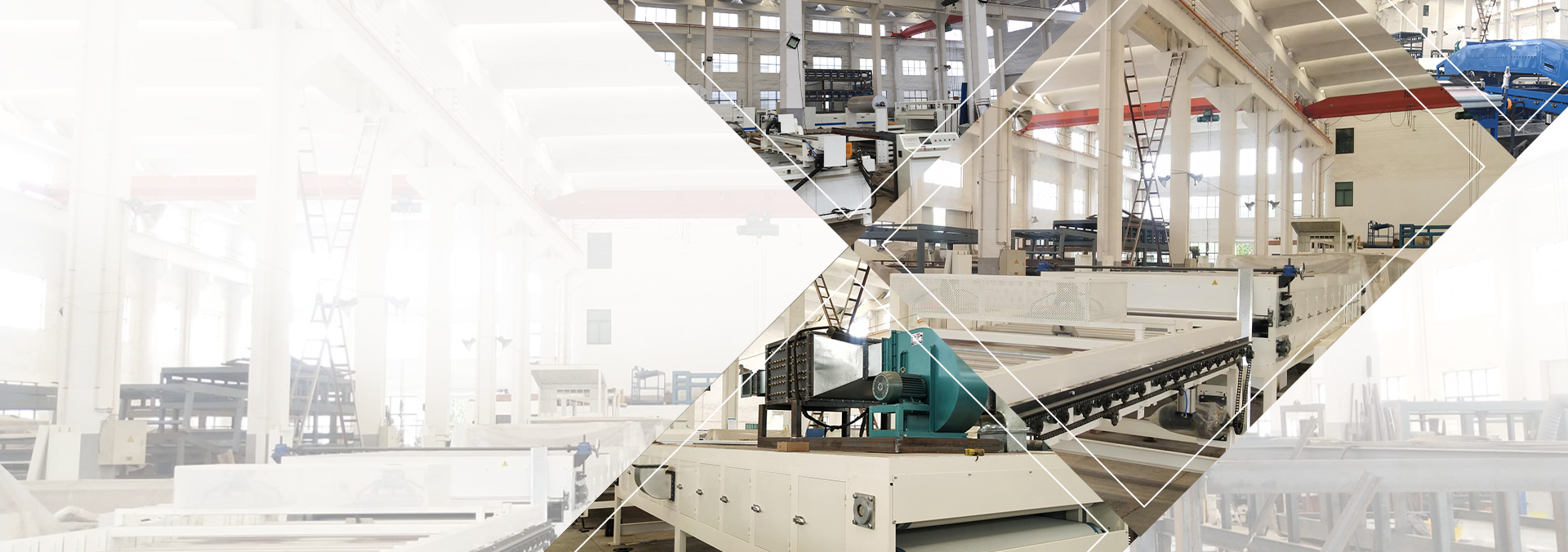
Resources
Contact Us
In an era when the conservation of natural resources and the reduction of carbon emissions are of utmost importance, organizations and individuals alike are constantly seeking innovative solutions to make sustainable choices. One such solution that has gained significant attention and recognition is the use of honeycomb cardboard panels. These panels offer a refreshing alternative to traditional materials and play a crucial role in minimizing our carbon footprint. In this blog, we will explore the various ways in which honeycomb cardboard panels contribute to reducing carbon emissions and promoting environmental sustainability.
Cardboard honeycomb panels are made from a unique cellular structure that consists of interconnected hexagonal cells, resembling the honeycomb of bees. This construction provides exceptional strength and durability while maintaining a lightweight composition. Compared to conventional materials like wood, plastic, or metal, honeycomb cardboard panels are significantly lighter, reducing the energy consumption required for transportation and installation. Their lightweight nature also leads to reduced fuel consumption during logistics, ultimately cutting down carbon emissions.
Another characteristic that makes honeycomb cardboard panels an eco-friendly choice is their renewable and recyclable nature. The primary component of these panels is high-quality cardboard, which is derived from sustainably managed forests. Unlike other building materials that deplete natural resources, honeycomb cardboard panels can be manufactured from recycled and repurposed materials, giving them a second life. Additionally, at the end of their lifespan, these panels can be easily recycled, reducing the amount of waste that ultimately ends up in landfills.
Honeycomb cardboard panels are known for their exceptional insulation properties, which can contribute to a significant reduction in energy consumption. The honeycomb structure traps air within its cells, creating an efficient insulating barrier. This insulation not only helps to maintain indoor temperatures, reducing the need for excess heating or cooling but also minimizes heat transfer, preventing energy waste. As a result, buildings and structures constructed with honeycomb cardboard panels require less energy to regulate temperature, leading to reduced electricity consumption and subsequently lowering carbon emissions.
In conclusion, honeycomb cardboard panels offer a sustainable solution to reduce our carbon footprint and promote environmental responsibility. Their lightweight construction, renewable nature, and energy-efficient insulation properties make them an attractive choice for eco-conscious individuals and organizations alike. As the demand for sustainable materials continues to rise, incorporating honeycomb cardboard panels into various industries can pave the way for a greener future. By choosing these panels, we not only contribute to the reduction of carbon emissions but also support a circular economy that prioritizes the efficient use of resources and the preservation of our planet.
Related Products
